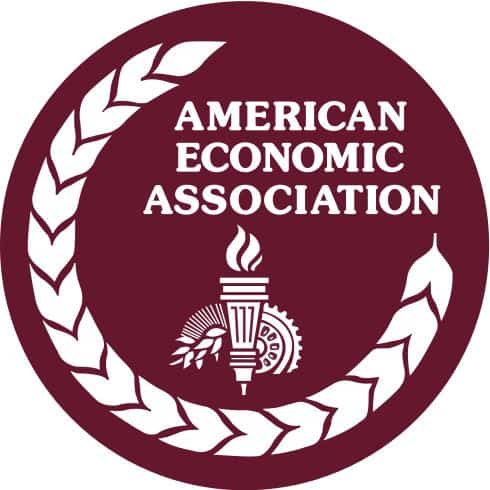New York Times Highlights Minimum Wage Tradeoffs

 Minimum wage increases have obvious winners, which is why they are so popular. Their tradeoffs are less obvious. The New York Times finally seems to be becoming aware of this basic fact. The headline to Noam Scheiber’s January 10 column admits that “Studies Find Higher Minimum Wage May Have Losers.” Reporting from the American Economic Association (AEA)’s recent meeting—the profession’s largest annual conference—Scheiber shares a number of uncontroversial findings:
Minimum wage increases have obvious winners, which is why they are so popular. Their tradeoffs are less obvious. The New York Times finally seems to be becoming aware of this basic fact. The headline to Noam Scheiber’s January 10 column admits that “Studies Find Higher Minimum Wage May Have Losers.” Reporting from the American Economic Association (AEA)’s recent meeting—the profession’s largest annual conference—Scheiber shares a number of uncontroversial findings:
- Workers who are paid less prefer to work fewer hours. A higher wage gives them an incentive to work more hours. But employers’ incentives work in the opposite direction.
- When the minimum wage rises above a certain level, less productive and less experienced workers get left in the dust. Iain Murray and I expand on that theme here and here.
- Industries such as restaurants, where the the difference between high- and low-productivity workers is often small, will automate where they can under a high minimum wage. With a high minimum wage, kiosks and robots can be cheaper than humans for taking orders and sometimes even preparing food. This is true for consumers as well as the restaurants themselves.
- “[L]ess-skilled workers might lose their jobs and drop out of the labor force.”
Are the tradeoffs to a higher minimum wage worth it? That is an individual value judgment with no clear right or wrong answer. What is clear: many activists either ignore the tradeoffs or deny that they exist. Their attitude does not help the poor, and may even actively harm them. Tradeoffs exist, as nearly any AEA attendee will happily remind us. Good on Scheiber and the New York Times for making the point economists have been making for years.